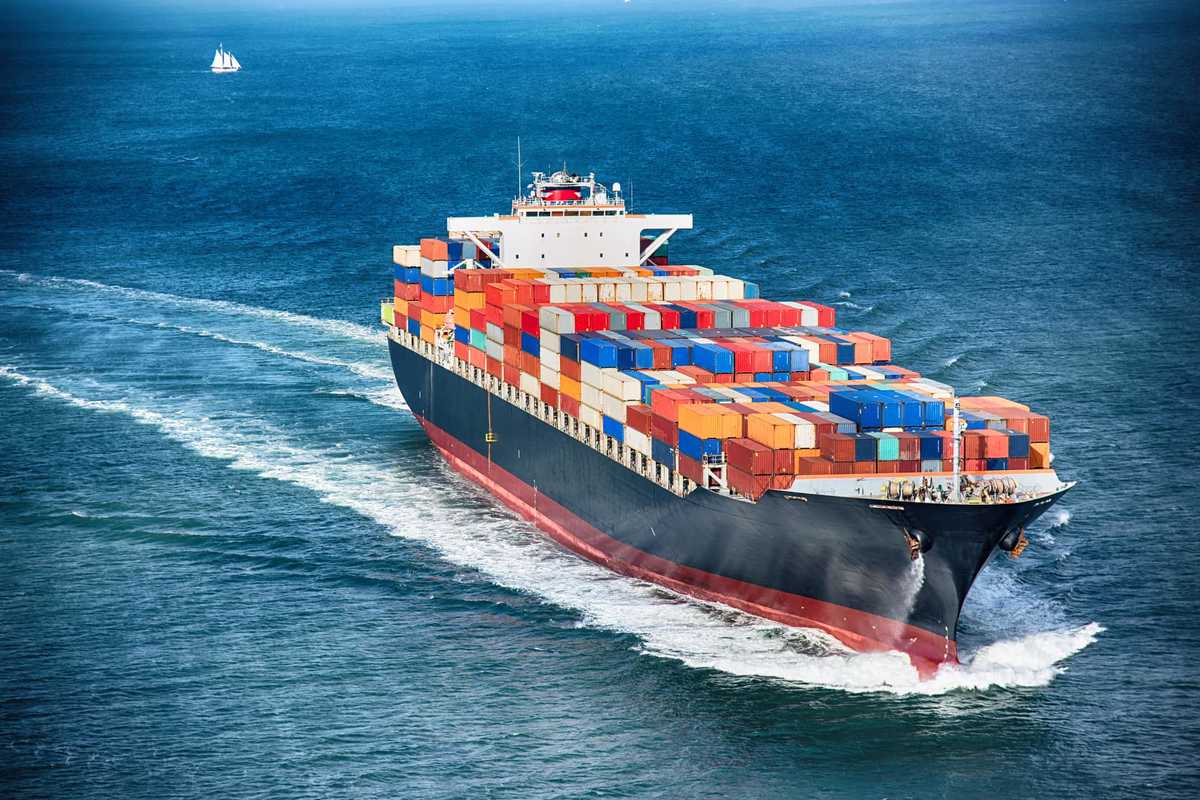Scanlog offers CO2 reduction plan based on book-and-claim system using biomethane
Swedish logistics company Scanlog will provide carbon credits equating to up to 100% CO2 emission reduction by using a book and claim mechanism.
 PHOTO: Container ship. Getty Images
PHOTO: Container ship. Getty Images
Scanlog's partner shipping companies in Europe will bunker some of their vessels with liquid biomethane (LBM) using the mass balance method.
In this context, the mass balance principle refers to the accounting method used to track the flow of sustainable bunker fuel in the supply chain, when blending renewable and non-renewable feedstock. The process involves quantifying the amount of sustainable fuel used during bunkering as well as the blended product. This will theoretically ensure that the blended fuel is not claimed to be greener than the quantity of sustainable feedstock used.
The LBM for the programme will be supplied by Dutch renewable energy firm STX Group and certified with International Sustainability Carbon Certification – EU (ISCC EU) certification. It will be produced through a process called “anaerobic transformation” of organic manure feedstock sourced in Europe.
Liquefied biomethane can function as a drop-in fuel in LNG, similar to the way biofuels can be blended with MGO or VLSFO. This means that vessels capable of running on LNG will not need modifications to run on pure LBM or LBM-LNG blends.
Alternative approach to claim CO2 reduction
Scanlog will then allocate carbon credits equivalent to the reduction of greenhouse gas (GHG) emissions from the use of LBM on these vessels to its customers using a book and claim mechanism.
Book-and-claim is a supply chain model that allows shipowners to purchase emission reduction credits from other shipowners that have already invested in low- and zero-emission fuels. The carbon savings are then documented in the buyers’ emissions dashboard and audited annually by a third party.
It helps buyers balance out emissions from their ships without investing in new fuel infrastructure, vessels or new technologies.
In the system, “the vessel conducting the physical service may contain fossil fuel, whereas the purchaser of the services can claim fossil-free by contributing to a fossil-free fuel switch conducted elsewhere,” Scanlog explains.
In simpler terms, this means that Scanlog’s customers can buy carbon credits even if their shipments are made on fossil-fuelled vessels due to the mechanism.
Scanlog has not disclosed which shipping companies are participating in this program or the number of vessels that will be powered by biomethane.
Energy insetting – a double-edged sword?
Some shipping companies and industry alliances, like the Global Maritime Forum, Zero Emission Buyers' Alliance are advocating a book-and-claim based carbon insetting to foster zero-emission shipping.
"By decoupling the physical use of zero-emission fuel from its attributes such as greenhouse gas emissions (GHG) a book and chain of custody system can allow demand for low-emission shipping to scale up," GMF argued in a report last year.
Several shipping companies and fuel suppliers are also advocating carbon insetting as a means to claim emission reduction. Some of these companies include container shipping giant A.P. Moller-Maersk, tanker operators Norden and Stolt-Nielsen and fuel suppliers Chevron and GoodFuels.
On the other hand, some organisations, including the UN, have questioned the legitimacy of insetting to claim emission reduction.
“Since the adoption of the Paris Agreement in 2015, an increasing number of companies have pledged to reduce their greenhouse gas emissions to net zero - a level where any remaining emissions would be absorbed by forests, the ocean or other 'carbon sinks.' However, those claims are often based on questionable plans, including emissions offsetting and 'insetting' – rather than actual emission cuts,” the UN said in a greenwashing report.
By Konica Bhatt
Please get in touch with comments or additional info to news@engine.online





